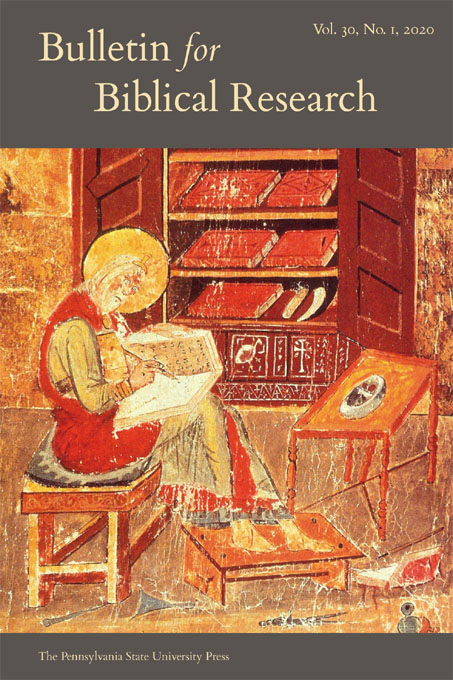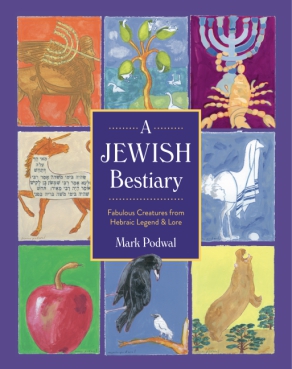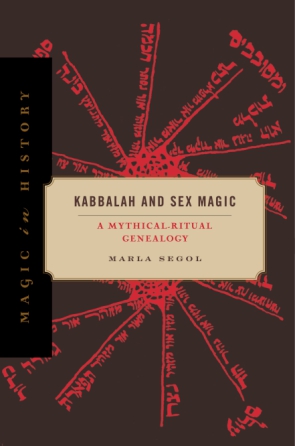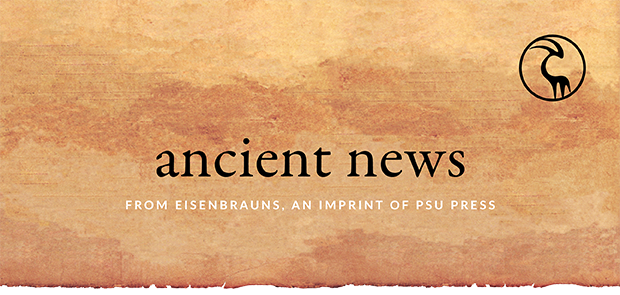
in this issue
general news
Welcome to the November issue of Ancient News!
This month, save up to 65% off a long list of titles during Eisenbrauns Backlist Sale! Browse the sale here and use promo code FALL21 at checkout through 11/30 to receive the discount. And be on the lookout for an announcement about our ASOR virtual exhibit, coming later this month. You can stay up to date on all our exhibits and special offers by bookmarking our Sales & Specials page, or better yet, by subscribing to BookNews.
Our 2021 catalog is now available! Browse the catalog here.
We’ve just published several exciting titles, including the long-awaited Camels in the Bibilical World and Excavations in the City of David, Jerusalem (1995-2010), a co-publication with Ancient Jerusalem Publications and Israel Antiquities Authority Publications.
If you have an idea for a project, send an email to Jen Singletary, our acquisitions editor. She’d love to hear from you.
Enjoy!
Backlist Sale
Save 40–65% on select titles from our backlist using discount code FALL21.
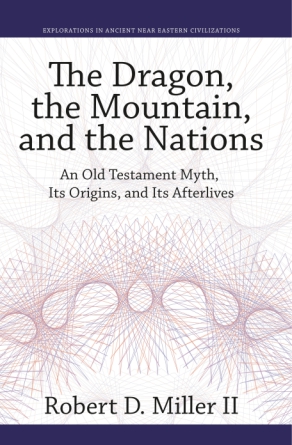
The Dragon, the Mountain, and the Nations
An Old Testament Myth, Its Origins, and Its Afterlives
$64.95 $25.98
“Readers will find useful tools throughout Miller’s work, whether it is the careful development of the background of the dragon-slaying myth in ancient cultures or the myriad observations about biblical texts when examined through this lens. This is a subject that has needed sustained attention. Even where readers may not be convinced by Miller’s arguments, they will find ample material to develop and strengthen their own.”—Mark McEntire, Review of Biblical Literature
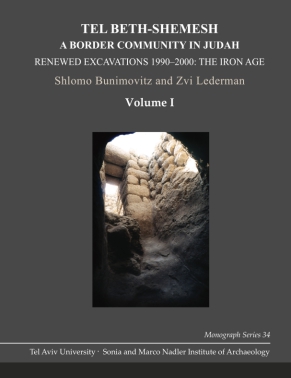
Tel Beth-Shemesh: A Border Community in Judah
Renewed Excavations 1990–2000: The Iron Age
$189.50 $113.70
“Located in the Judahite lowlands (Shephelah), Tel Beth-Shemesh offers an intriguing story of a border town that had to adjust to the changing geopolitical situation of the region. Accordingly, the guiding theme of the publication is the phenomenon of being located on a political and cultural border.”—Biblical Archaeology Review
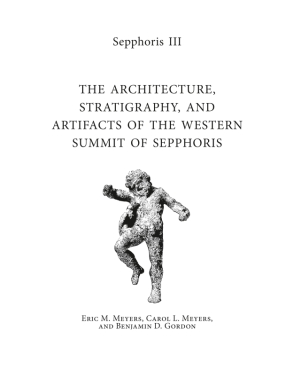
Sepphoris III
The Architecture, Stratigraphy, and Artifacts of the Western Summit of Sepphoris
$159.50 $79.75
“A major settlement in the Roman and Byzantine periods, with its earliest inhabitants stretching back to at least the Persian period, Sepphoris has been intensively excavated by several teams, including Duke University in the 1980s and 1990s. This volume brings to a close a series of three reports detailing the findings of these excavations.
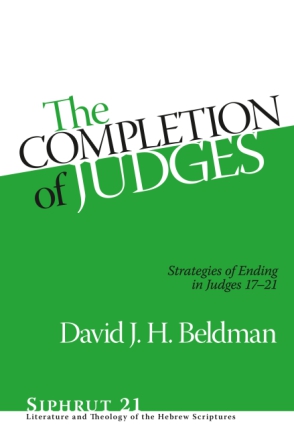
The Completion of Judges
Strategies of Ending in Judges 17–21
$39.50 $15.80
The last five chapters of the book of Judges contain some shocking and bizarre stories, and precisely how these stories relate to the rest of the book is a major question in scholarship on the book. Leveraging work from literary studies and hermeneutics, Beldman reexamines Judges 17–21 with the aim of discerning the “strategies of ending” that are at work in these chapters.
new eisenbrauns books
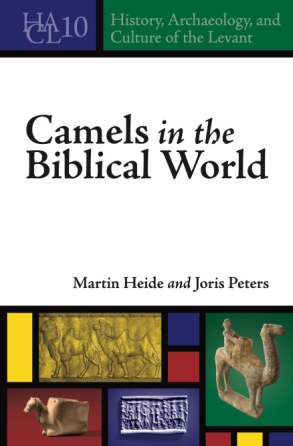
Camels in the Biblical World
Martin Heide and Joris Peters
Given the limited extrabiblical evidence for camels before circa 1000 BCE, a thorough investigation of the spatio-temporal history of the camel in the ancient Near and Middle East is necessary to understand their early appearance in the Hebrew Bible. Camels in the Biblical World is a two-part study that charts the cultural trajectories of the two-humped or Bactrian camel (Camelus bactrianus) and the one-humped or Arabian camel (Camelus dromedarius) from the fourth through first millennium BCE and up to the first century CE.
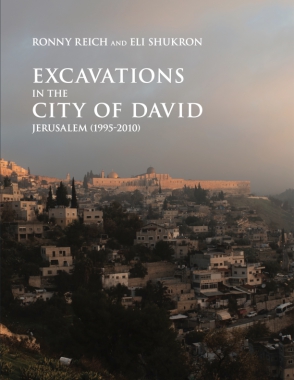
Excavations in the City of David, Jerusalem (1995–2010)
Ronny Reich and Eli Shukron
“To put things simply, there is no way to decipher the history of Ancient Israel without the archaeology of Jerusalem, with no access to the Temple Mount, there is no way to understand the archaeology and history of Jerusalem without the City of David ridge, and there is no way to study the City of David without the results of the Reich/Shukron excavations. This volume is therefore a landmark in the archaeology of Jerusalem and the Land of Israel.”—Israel Finkelstein, Professor Emeritus of Archaeology at Tel Aviv University
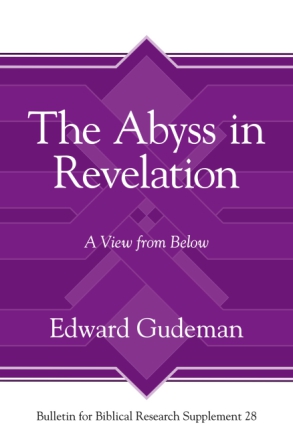
The Abyss in Revelation
A View from Below
Edward Gudeman
It is generally accepted that Revelation’s heavenly scenes were intended to demonstrate that God continued to exercise his control even when the audience’s experience might suggest otherwise. In The Abyss in Revelation, Edward Gudeman argues that even though the scenes of the underworld and its inhabitants are describing reality from the opposite perspective, they declare God’s sovereignty and power in an equally powerful way.
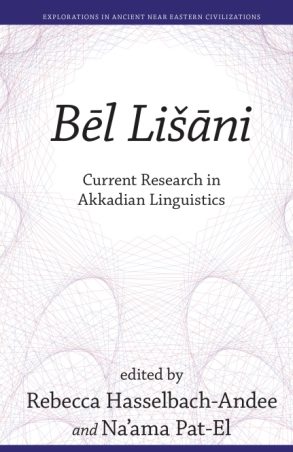
Bēl Lišāni
Current Research in Akkadian Linguistics
Edited by Rebecca Hasselbach-Andee and Na’ama
Akkadian, a Semitic language attested in writing from 2600 BCE until the first century CE, was the language of Mesopotamia for nearly three millennia. This volume examines the language from a comparative and historical linguistic perspective.
journals
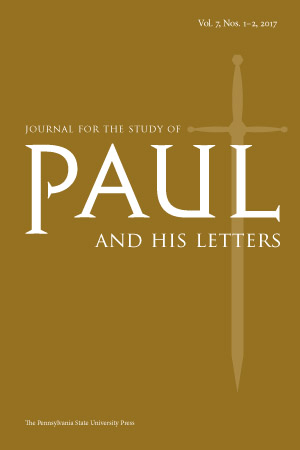
Did you know that all three of our Eisenbrauns journals are indexed in the Atla Religion Database and the European Reference Index for the Humanities and Social Sciences. These indices, along with hundreds of others, are global citation databases that provide data for multiple academic disciplines. It is all about being found!
new from psu press
VIEW Bluelines, the PSU Press newsletter| Control your subscription options |
